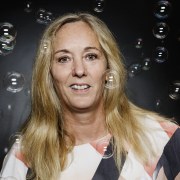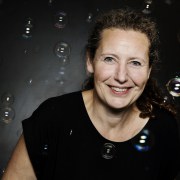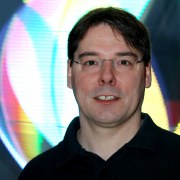Design & interpretation choices: three stories
Find this session's presentations here.
What do our visitors see when they enter our doors? Why do we make the design choices we make and what are the outcomes of these choices? Some science centres and museums make overall design choices and build a common concept for their exhibition areas so visitors can recognize the special DNA each institution has throughout.
We all share a common understanding and an overall objective of communicating science, but then our interpretation and design choices differ. Some institutions focus on showcasing particular phenomena in one place whereas others choose to integrate different science and technology topics into one narrative or scenario. Three science centres and museums will share the concept they have chosen to focus on and address the challenges and lessons learned when trying to achieve these goals. Speakers will also share how these choices influence not only their exhibitions but also the areas between and around them.
Facilitator
Programme Manager - International Relations and Learning
Session speakers
Lone Isaksen will present Experimentarium’s new approach to designing an overall concept for exhibitions. It is an approach that aims to inspire and lift the visitor experience and ensure that visitors can navigate through Experimentarium and at the same time ensures a flexible framework for the exhibitions. The different areas become exhibition universes that are designed to be places you go to visit. We will show examples from exhibitons such as ‘The Port’ where the visitor can engage in learnings about the sea, wind and transport of goods or build shadows and interact with light in ‘The Labyrinth of Light’.
Deputy director for content development
Varda Gur Ben Shitrit will present the Bloomfield science museum in Jerusalem’s approach focusing on designing visitors' experience as a walk-through in authentic spaces. After a good experience while hosting a traveling exhibition, BSMJ chose to design its agriculture exhibition as spaces in which visitors follow different scenarios, meet "conversation pieces” and discover contemporary art works. The session will present the trade-off of this decision, the benefits and the challenges the team dealt with.
Christof Boerner will present different exhibit designs that were developed throughout Phaeno's first 11 years. Advances and throwbacks will be dicussed exemplarily in view of visitors' experience, flexibility and maintenance. As a second aspect, Phaeno's ways of integrating exhibitions into its strong and imposing architecture will be illustrated.




